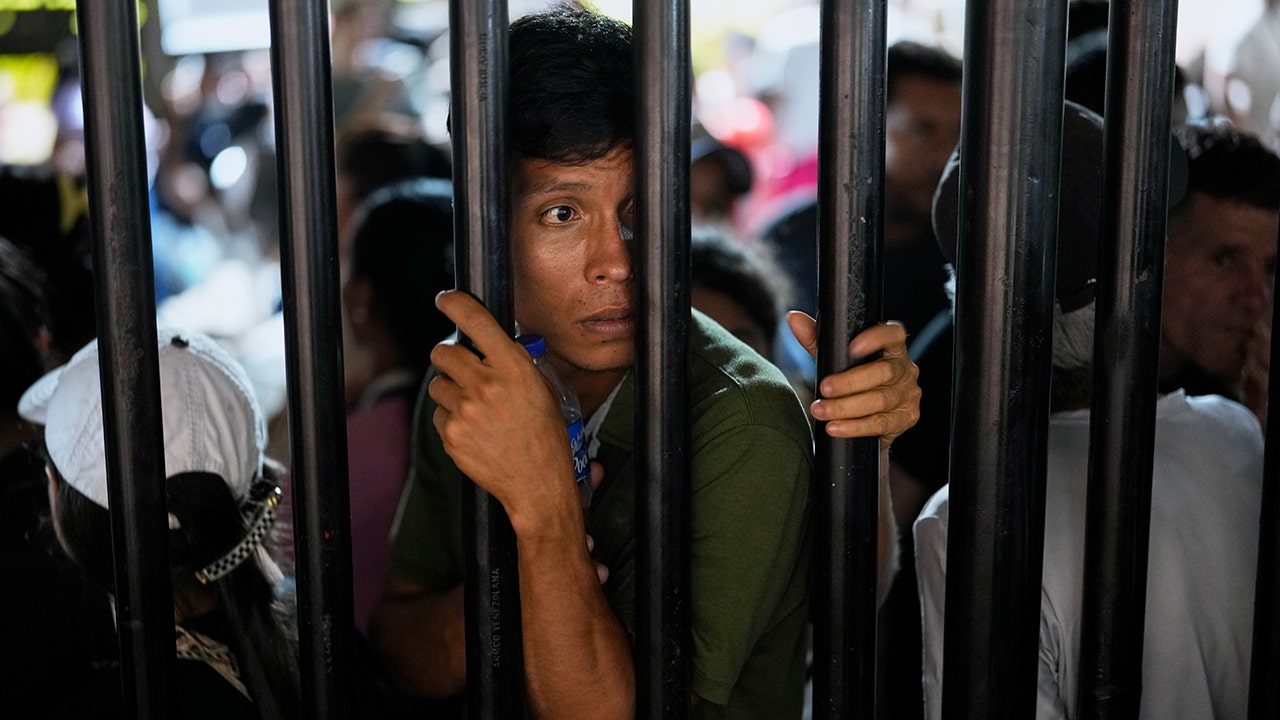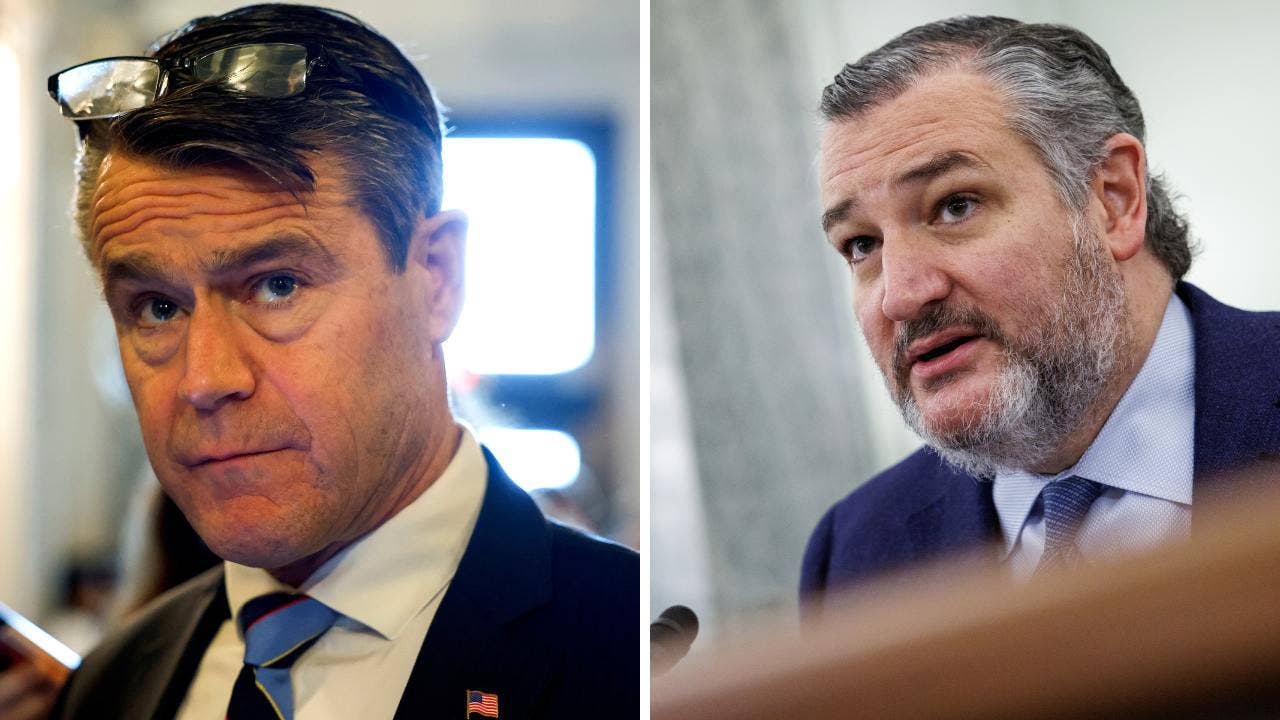When Mr. Mandela addressed the Assembly in October 1994, he received a hero’s welcome. History was unfolding as he took his place on the dais in the white leather chair reserved for Heads of State and Government. Cheers erupted as he approached the podium. A collective standing ovation rose across the Assembly Hall.
Indeed, the previous year, the lawyer and civil rights leader had received the Nobel Peace Prize for his costly battle in ending apartheid, a system of legalised segregation, modelled after the United States’s “separate but equal” Jim Crow race laws for Blacks, that was strictly enforced by South Africa’s white-only government from 1948 to 1994.
It took 46 years for Mr. Mandela, along with countless brave South Africans and tens of millions of supporters protesting worldwide, to help topple that racist system and the regime that upheld it, including the 27 years he spent incarcerated on Robben Island for taking a stand against apartheid.
But, it was not the first time that Mr. Mandela stood before the iconic marble podium in the General Assembly Hall at UN Headquarters in New York.
He addressed a UN audience for the first time on 8 June 1990 – soon after his release from prison – in a speech to the UN International Labour Organization (ILO) as the Vice-President of the African National Congress (ANC).
“Despite the thickness of the prison walls, all of us in Robben Island and other jails could hear your voices demanding our release very clearly,” Mr. Mandela said.
“We drew inspiration from this. We thank you that you did not tire in your struggle. We thank you for your sense of humanity and your commitment to justice which drove you to reject the very idea that we should be imprisoned and that our people should be in bondage,” he said.
Unveiling ceremony of the Nelson Mandela statue, a gift from South Africa, at UN Headquarters in 2018. (file)
When the iconic leader died at age 95 in December 2013, the President of the General Assembly encouraged the UN to honour Mr. Mandela “by letting his legacy live on” in the world body’s continued struggle against poverty, injustice and the destruction of the human person and human spirit.
“Let us remember that we can also be like him because we too can choose the better way, choose to work toward those causes that are greater and better than our narrow interests,” John Ashe said during a special meeting convened at UN Headquarters to give Member States an opportunity to pay tribute to the former South African leader.
The Assembly President urged UN representatives to remember that “we too must work together to reduce hunger and injustice, to build lasting peace and sustainable development, to stop genocide and combat hatred.”
Just as Mr. Mandela drew inspiration from supporters during his incarceration, the world has become equally inspired by his legacy, with hundreds of thousands of activities planned to celebrate his life on this international day.
Listen to a 2010 report from UN Radio’s Ben Malor reflecting on the struggle against apartheid and the campaign for Mr. Mandela’s release, in which the UN played a key role:
UN News is showcasing epic moments across UN history, cultivated from the UN Audiovisual Library’s 49,400 hours of video and 18,000 hours of audio recordings.
Catch up on UN Video’s Stories from the UN Archive playlist here and our accompanying series here.
Join us next week for another dive into history.

Nelson Mandela International Day is marked annually on 18 July.





